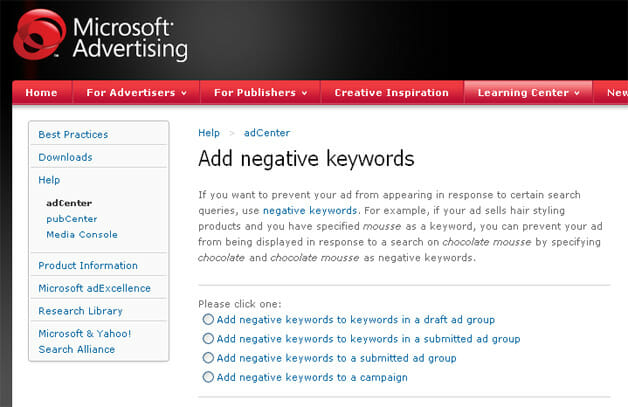
How does it work?
PPC marketing is used in the form of an ad to direct traffic to a site. When a user clicks on the ad, it takes them to the intended site. In content sites, such as the ones previously mentioned, the advertiser usually pays a fixed rate per click. A alternative model to the PPC pays affiliate sites a percentage of the revenue to provide a click-through point. This model does not cost anything to the merchant and gives incentive in the form of the small percentage. This is a pay-for-performance model.
Non-content driven sites such as search engines use PPC marketing a little differently. Search engines drive business by having advertisers bid on popular key search terms. For example, when I search “best lipstick for olive skin” in to a search engine whoever paid for those keywords would pop up at the top of my results.
How can I use PPC marketing most efficiently?
One of the pros to using the PPC method whether it is through a search engine or another website is that your ad is being seen by a select targeted consumer. Especially with search engines, people are literally searching out your product or something similar to it. To find your key demographic, come up with a series of key words and phrases that describe your product. Second, come up with alternative search terms; for example if my product was lemonade and my original key word was “drink”, I could use “beverage” as an alternative search term.
Next, you want to determine negative key words that may come up if someone search one of your key words. For example, if I typed “lipstick” in to a search engine a word that may come up in relation to my key word is “jungle”; “Lipstick Jungle” being a television show. As a consumer this was obviously not what I was searching for. Creating a list of these negative words that could clog up a consumers searches are negative words.
One of the last things you can do is create an AdWord which is like a small description of what your site offers. For example, if you owned a pet supply store, your Ad Word could talk about your large fish tank selection. Have multiple AdWords that advertise different areas of your business will help draw consumers looking for specific thing to your larger business. Another quick tip about AdWords is to create landing pages that correlate specifically to your AdWord. So taking our previous example, if you have an AdWord that says your company has a wide selection of cat leashes, it would be helpful to have a landing page about your cat leash products instead of linking to you general pet supply site. This can help boost sales because it saves the consumer time and there is less of a chance that they will get lost in the site.
In conclusion, PPC marketing is a very valuable tool for businesses. Learning how you can make the most out of your money by doing a little background work will save you time, money, and frustration.







Peter Daisyme
October 16, 2011 at 2:02 pm
Thanks for another great post. Knowing your PPC basics is key before you start getting to know the needy greedy!